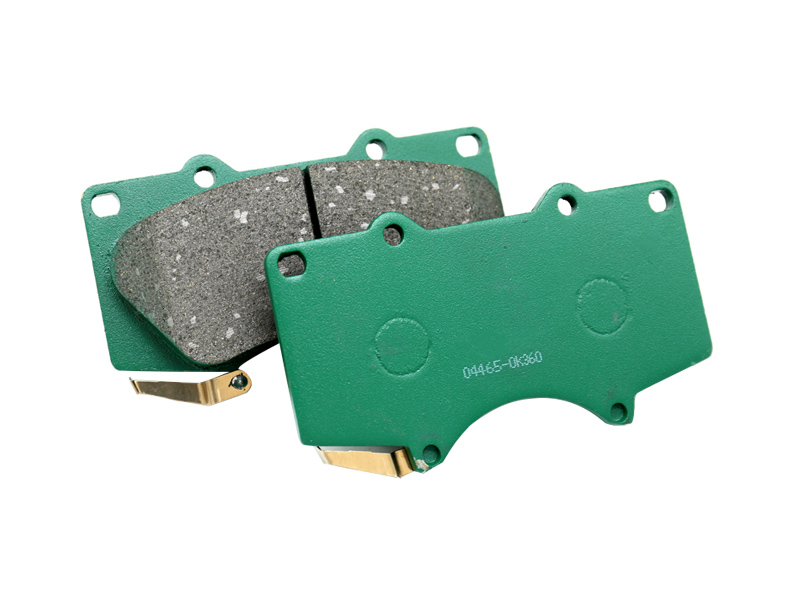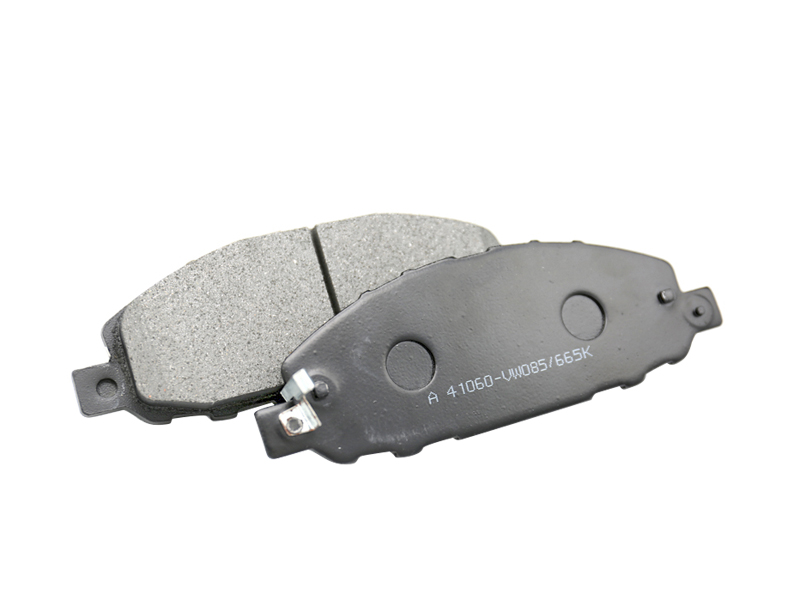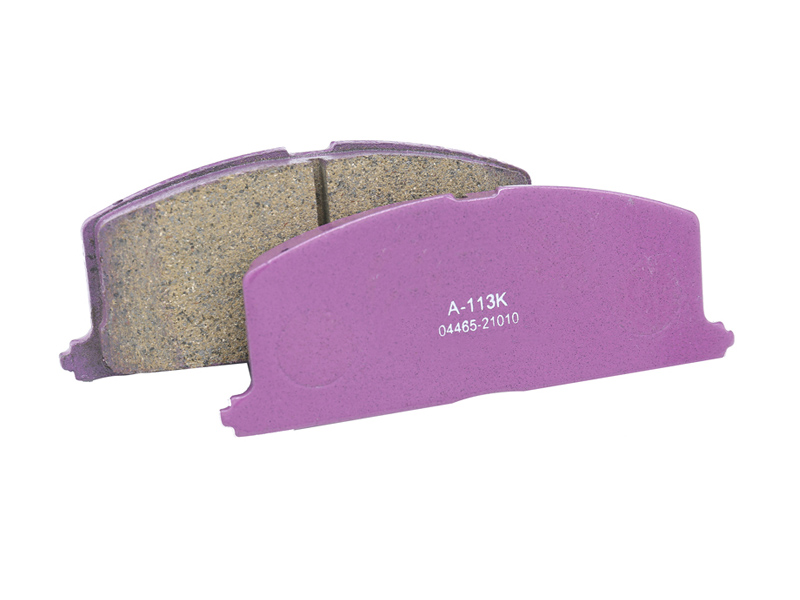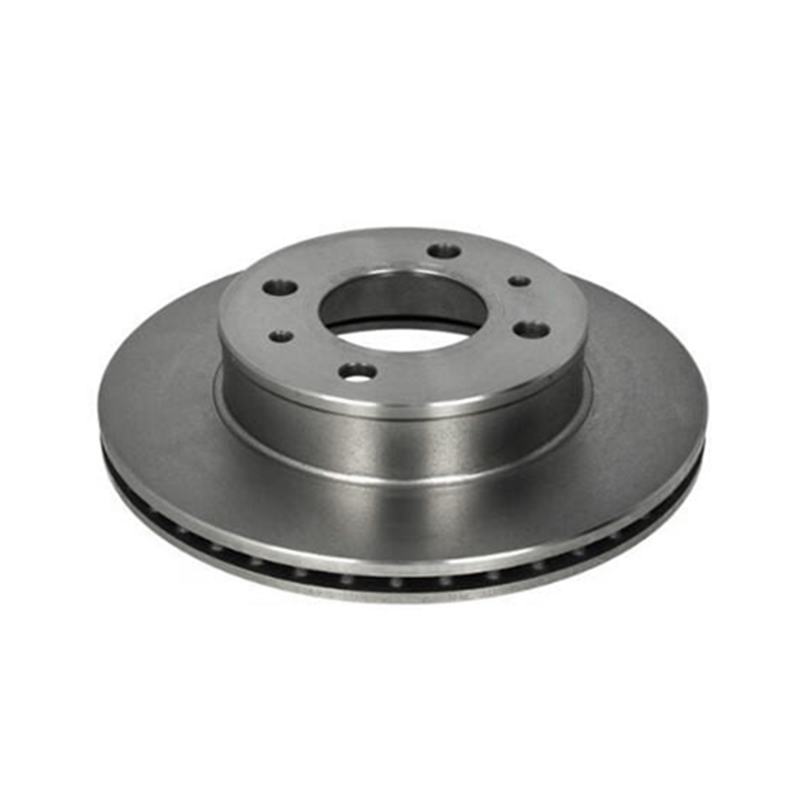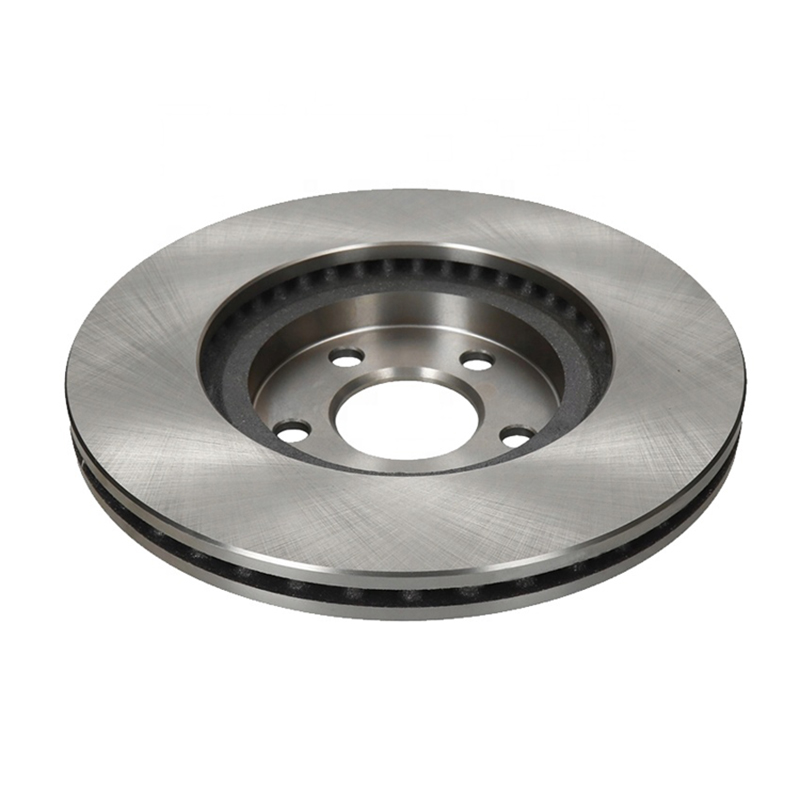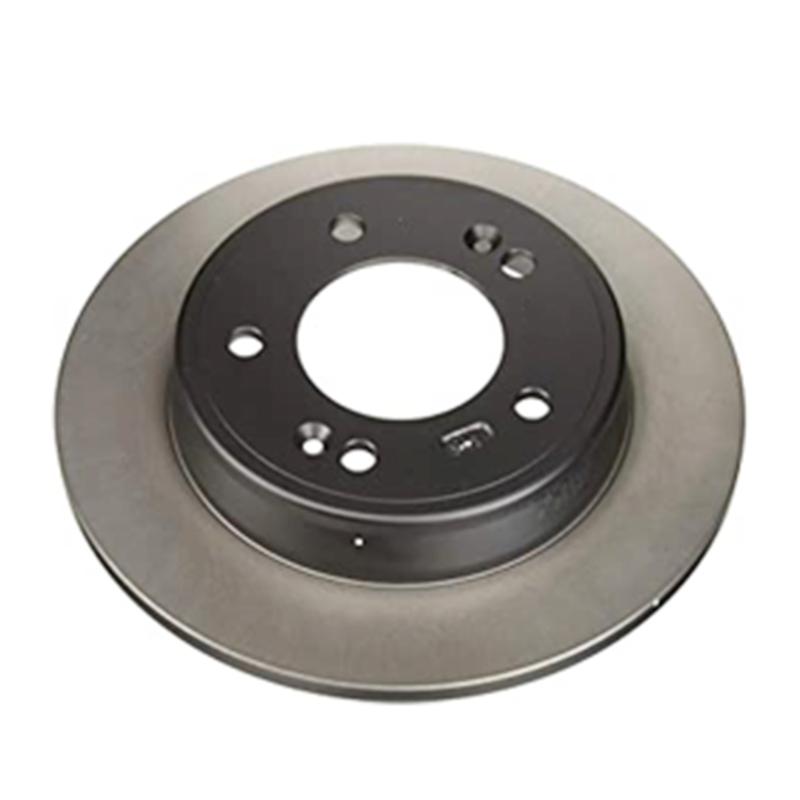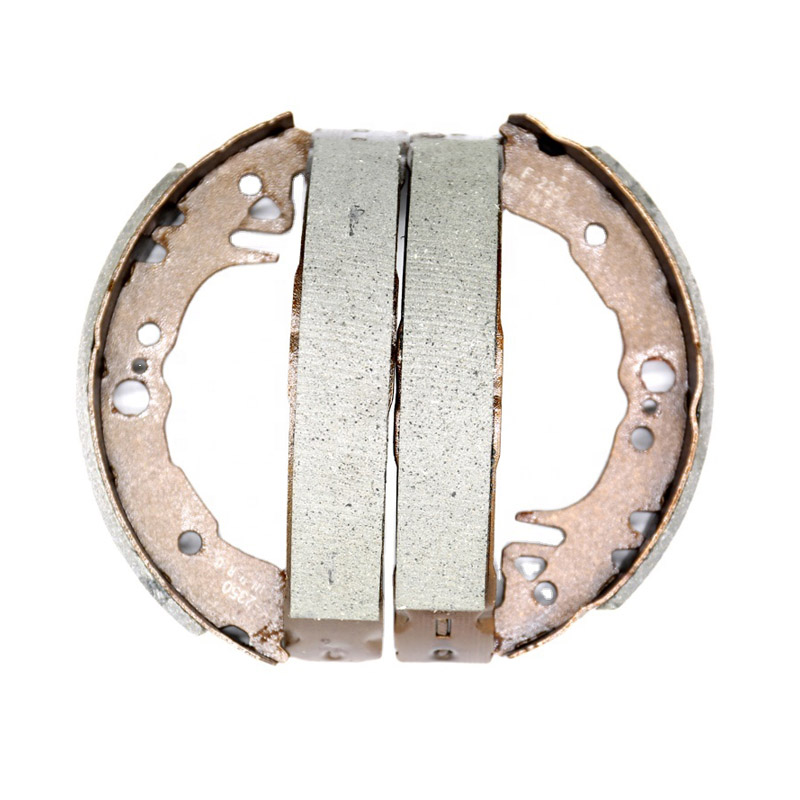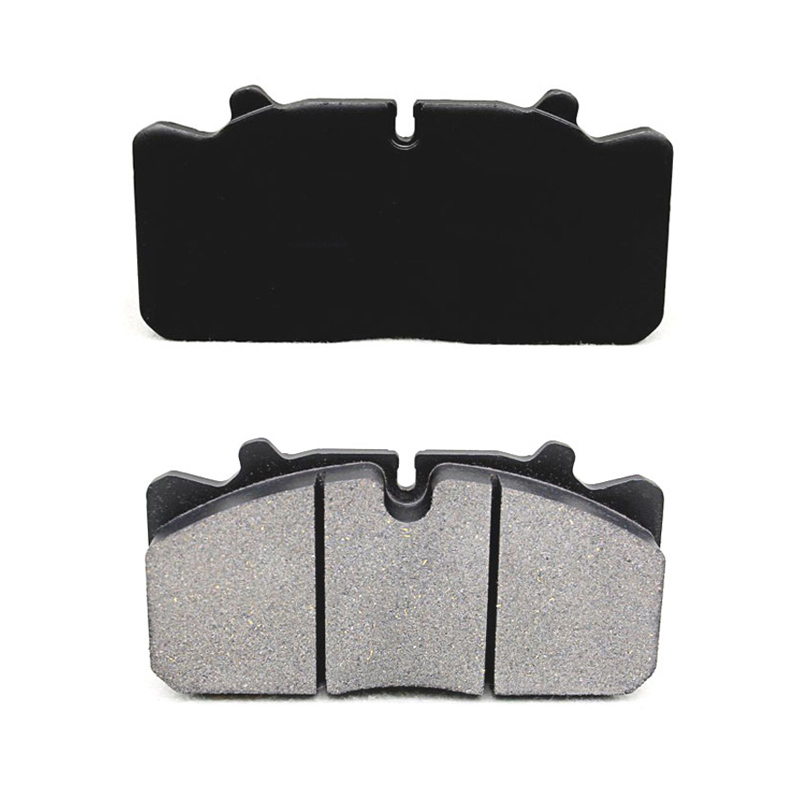Front-wheel drive (FWD) and rear-wheel drive (RWD) are two different drivetrain configurations that affect how power is delivered from the engine to the wheels. As a result, the design and function of the
drive shafts in these two configurations differ significantly:
Front-Wheel Drive (FWD):
In a front-wheel drive configuration, the engine's power is transmitted to the front wheels. This layout is common in many compact cars and some mid-size vehicles. In FWD vehicles, the front wheels are responsible for both steering and power delivery. Here's how the drive shaft system works in front-wheel drive:

Transaxle: In FWD vehicles, the transmission and the front axle assembly (including the differential) are combined into a single unit called a transaxle. This compact design helps save space and weight, making it suitable for smaller vehicles.
Constant Velocity (CV) Joints: Front-wheel drive systems use constant velocity (CV) joints in the drive shafts. These joints allow the drive shafts to transmit power to the front wheels even when they are turned at various angles (as during steering).
Shorter Drive Shafts: The drive shafts in FWD vehicles are typically shorter than those in rear-wheel drive vehicles since they only need to connect the transaxle to the front wheels.
Rear-Wheel Drive (RWD):
In a rear-wheel drive configuration, the engine's power is transmitted to the rear wheels. RWD is common in larger vehicles, trucks, SUVs, and some performance-oriented cars. Here's how the drive shaft system works in rear-wheel drive:
Transmission and Rear Differential: In RWD vehicles, the transmission is typically connected to a separate rear differential by a longer drive shaft. The rear differential then distributes power to the rear wheels.
Longer Drive Shafts: Due to the positioning of the engine and the rear-wheel drive layout, RWD vehicles require longer drive shafts to transmit power from the transmission to the rear differential and ultimately to the rear wheels.
U-Joints: Rear-wheel drive systems often use universal joints (U-joints) in the drive shafts. U-joints allow for the articulation and flexibility needed as the rear suspension moves up and down.
In summary, the main difference between front-wheel drive and rear-wheel drive drive shafts lies in the layout and length of the drive shafts, the use of constant velocity joints in FWD, and the use of universal joints in RWD to accommodate the unique characteristics and requirements of each drivetrain configuration.

